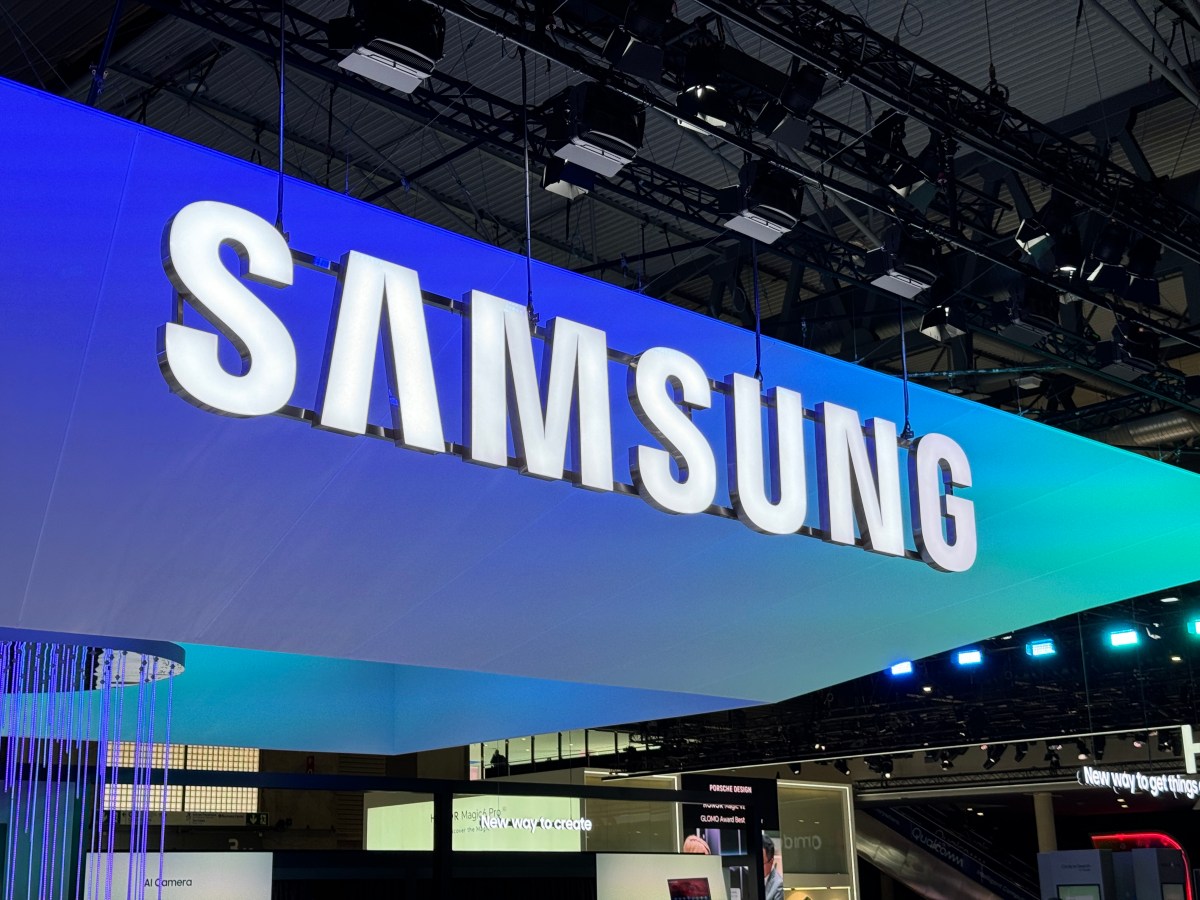ARTICLE AD

Starfish Space’s ambitious first mission to demonstrate on-orbit rendezvous and docking tech has officially come to a close, with the startup managing to complete some of the objectives thanks to a little help from an unexpected partner: space logistics company D-Orbit.
Starfish launched its first spacecraft, called Otter Pup, nearly a year ago with ambitious plans to use it to rendezvous and dock with another satellite on orbit. But the mission ran into trouble only hours after launch, after the satellite Otter Pup hitched a ride to orbit with malfunctioned. Otter Pup was emergency ejected and sent on a dizzying tumble through space.
While the company managed to slow the spin — itself a phenomenal feat of quick thinking and engineering — another issue cropped up a few months later, when the on-board electric propulsion thrusters provided by French startup Exotrail suffered an anomaly and stopped working.
The company had to go back to the drawing board. A docking maneuver was now off the table, but a rendezvous attempt might still be possible. The team started searching for possible partners, Starfish cofounder and CEO Austin Link told TechCrunch in a recent interview.
That’s no easy task: they had to find an operational spacecraft with no conflicting mission objectives, and that had the requisite delta-V — that is, enough onboard propulsion — to maneuver close enough to Otter Pup.
Starfish ultimately approached Italian space logistics startup D-Orbit, which launches orbital transfer vehicles that deploy and host payloads in space. D-Orbit’s ION satellites are not designed for maneuvering, but the two companies took a closer look at ION’s propellant budget and realized that a rendezvous was feasible.
Orbital rendezvous are complicated: spacecraft move at seven kilometers per second, and there are other conditions on orbit, like atmospheric drag, that make calculating a vehicle’s trajectory difficult. Starfish and D-Orbit faced additional challenges given that Otter Pup’s thrusters were dead, and the two companies are headquartered, respectively, in Washington state and Italy.
The team brought in the space situational awareness startup Leo Labs to help refine the spacecraft’s orbital estimates and ensure the two companies had the best chance of a successful rendezvous.
The effort paid off: on April 19, after passing Otter Pup at increasingly close orbits, D-Orbit’s ION moved within 1 kilometer of it; Otter Pup then successfully pointed toward the spacecraft and snapped an image with onboard cameras.
Although Otter Pup was unable to attempt docking, Link and Starfish co-founder Trevor Bennett both emphasized that the mission fueled the team with plentiful valuable data to inform future missions.
“Beyond validating a core capability, these images [captured by Otter Pup] will provide invaluable data for our ongoing GNC software development,” Bennett said in a statement. “Continuing to operate Otter Pup gave us a lot of value; it allowed us to increase our satellite operations experience, and to test and validate software and hardware on-orbit, including the camera system that was used to capture these images.”
The company has a second Otter Pup heading to space in the first half of 2025. Starfish’s larger plan is to use its satellites to extend the life of large geostationary satellites and to dispose of satellites in lower orbits after they’ve reached the end of their useful life. Beyond these commercial use-cases, Starfish’s tech hasn’t escaped the notice of the U.S. Department of Defense, either: just Monday, the company was quietly awarded a $37 million contract. While the startup can’t give too many details about the exact mission requirements, a DOD notice says the award is “to improve maneuverability on-orbit and enable dynamic space operations docking and maneuvering of Department of Defense assets on-orbit by 2026.”

 6 months ago
15
6 months ago
15 

